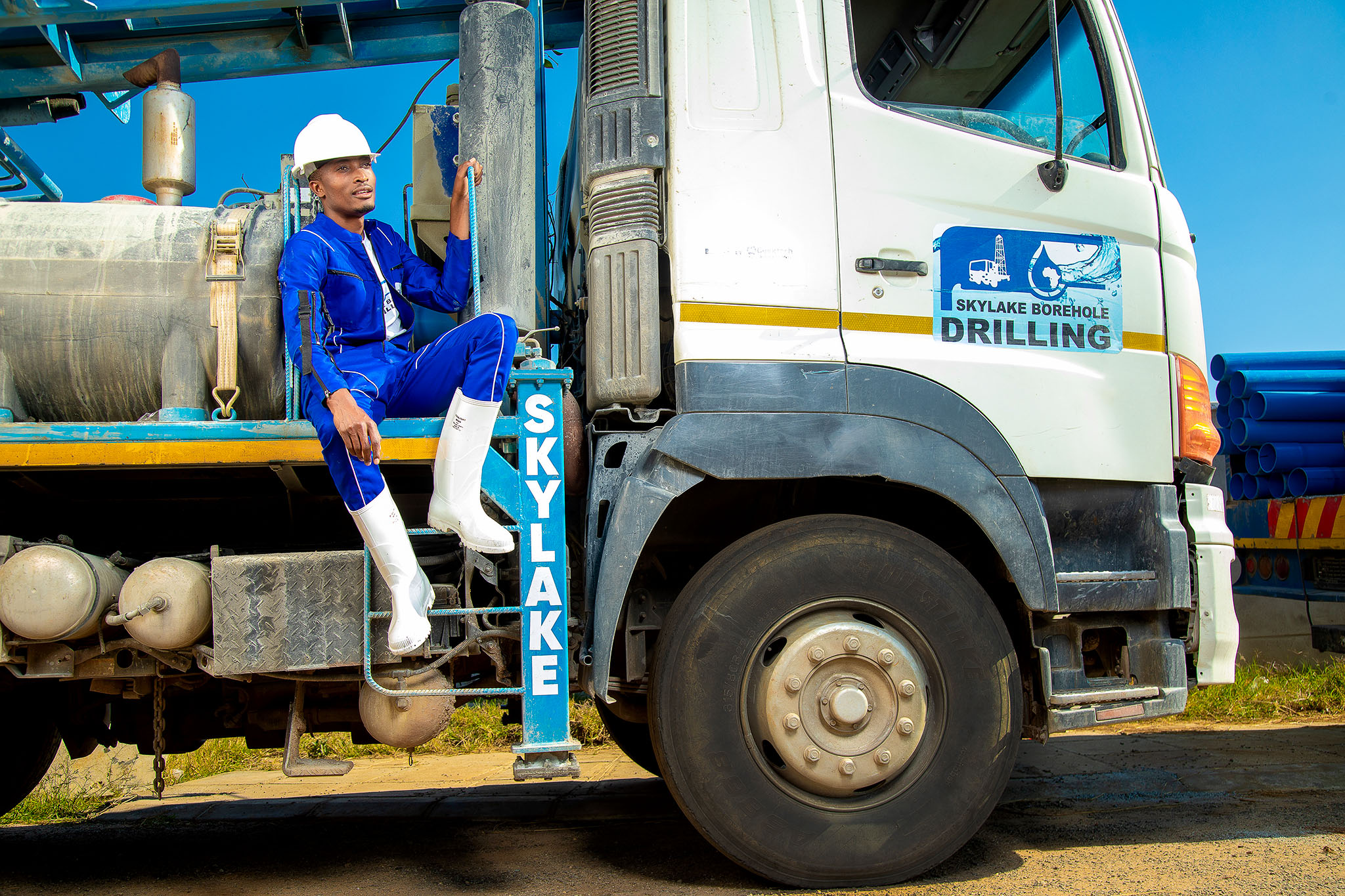
Borehole Drilling Terms You Need to Know Vol. 1
Thinking about getting a water borehole, but don’t really know how it works or where to start? With the dams drying up, the municipal water costs going up, and the people getting fed up; it is more important than ever to understand and consider alternative water sources. As you begin your research in borehole drilling, we’ve compiled a list of terms you’ll come across when dealing with borehole drilling companies. Aquifer – A water bearing layer of sediment or rock with interconnected pore spaces or fractures that can store and deliver water to a borehole or spring. Borehole – The cylindrical hole drilled into the ground and aquifer. Casing – Steel or PVC pipe placed in the borehole to keep the borehole open and to allow room to store water and install a pump. Average casing depths in Gauteng are 12-24m (some holes may require casing from surface to the end of the borehole). Cement or Bentonite – Placed between the wall of the borehole and the casing and surface casing to prevent surface contamination from reaching the aquifer. Cistern – A vented water holding tank, usually above ground, used for storage of water before being delivered to the pressure tank and home. Cisterns come in varying sizes – typical sizes are 2500L, 5000L & 10 000L. Control Box – Electrical switch box that turns the well pump on and off. Drop Pipe – Pipe placed in the casing to connect the pump to the surface. Electrical Cable – Wiring from the pump control box to the pump that supplies power for the pump and command signals.

Get a quote
+263772764310
skylakeboreholes@gmail.com


Post A Comment